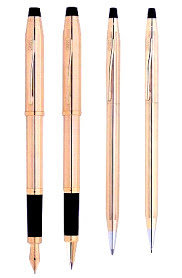John Ruskin was not a marketer. Ruskin ( 1819-1900) was an artist, a writer ,a poet, a social critic and a writer. ( source:Wikipedia). I bet he is a enlightened consumer too.
What Ruskin has written about value is no-brainer.
Its pure commonsense but as a consumer we tend to forget this principle.
The quote goes like this
"
He adds
"There is hardly anything in the world that some man cannot make a little worse and sell a little cheaper. And the people who always go for the cheapest are this man's lawful prey."

Although I am a marketing professor, I am a lousy consumer ( my wife's opinion ! ).
I see my self as a bargain hunter and most of the time I have burned my fingers looking for better bargain ( call it price) .
I blame it on my middleclass mindset for being so called value conscious.
But I think its the case with many customers. We tend to make mistakes by not understanding the true nature of value.
Its often greed that camouflage as value or bargain.
In the highly insightful book " It happened in India " by Kishore Biyani ,he says
" There are a couple of emotions that determine shopping behavior. The fundamental of them are greed, altruism, fear and envy. Greed drives a customer to purchase more than what he or she needs. "
What Ruskin says is perfectly true. Its not possible to less and get more... It does not make business sense. But customers lured by never-heard-before offers fall for it. The need for instant gratification is so huge that customers give in to the temptation.
It takes some patience to buy the best quality product because it costs more. Marketers of low priced products make their kill by instilling fear of a possible price hike among the customers .
We see messages like this all the time...
Limited offers !
Buy before price hike !
Offer to close this sunday !
Buy now or regret later !
Going by my experience the additional money (premium) you pay for getting the best product will compensate by giving you the peace of mind..
The doctor charged me a very heavy consulting fees... but I am not complaining.......
I think I am on my way to become a better consumer.





